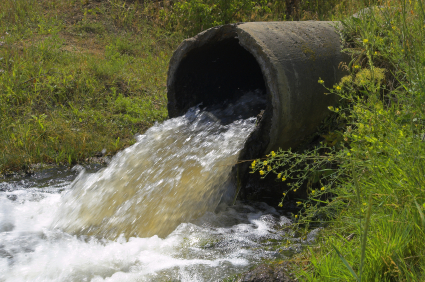ADVANCED NANO OXIDATION PROCESS
We are creating awareness about CENTRALIZED / DE-CENTRALIZED sewage / waste water treatment process with the application of ADVANCED NANO OXIDATION PROCESS - TRULY A GREEN TECHNOLOGY....
We introduce a unique, emerging and innovative treatment process for water, waste water / sewage (black - grey) and industrial effluent product variants made from food grade chemicals….
It is an environmental friendly heterogeneous invention designed for LIQUID INCINERATION of organic, inorganic and heavy metal contaminants in waste water. ADVANCED NANO OXIDATION PROCESS, a liquid engineered innovation with powerful exothermic, photo-catalytic and endothermic reactions generates ions such as hydro-peroxides, super oxide ions and ozonide ions.

Free radical the most important being hydroxyl (•OH), catalyzes the recombine reaction, primarily to form ozone. After decontaminating and disinfecting it reverts back into water and oxygen. No toxins, no odor, no fumes, no residues.
ADVANCED NANO OXIDATION PROCESS refers to increasing the reactivity of H2O2 + O3 + catalyst in water. Compels to react via free radical path to perform and is effectively used to decompose organic and many hazardous chemical compounds to acceptable levels, without producing additional harmful by-products or sludge which requires handling and proper disposal.
The smaller (Nano) the particles in any given product size the greater their relative surface area. Nano particles, for instance have a huge surface area; 15 to 1,500 square meters per gram. Ten grams might cover a football field if evenly distributed.
The greater the surface area the more reactive and powerful is their effect.
Reaction works on organic compounds in waste water in numerous ways - converts one compound into another (conversion), change with reduction in toxicity and mineralization (breaking the organic down to CO2 and inorganic salts). In some cases, discharge limits simply require conversion from a compound to another that is not covered by the limit. Some limits require reducing phenol to a fraction of a ppm, in other cases discharging limits require the toxicity of the compound / waste water to be reduced prior to discharge. In some cases, mineralization is needed as considered by a reduction of TOC.
- Products protected by valid patents are not offered for sale in countries where the sale of such products constitutes a patent infringement and its liability is at buyer's risk.
- Products currently covered by valid US Patents are offered for R&D use in accordance with 35 USC 271 +A13(1)
